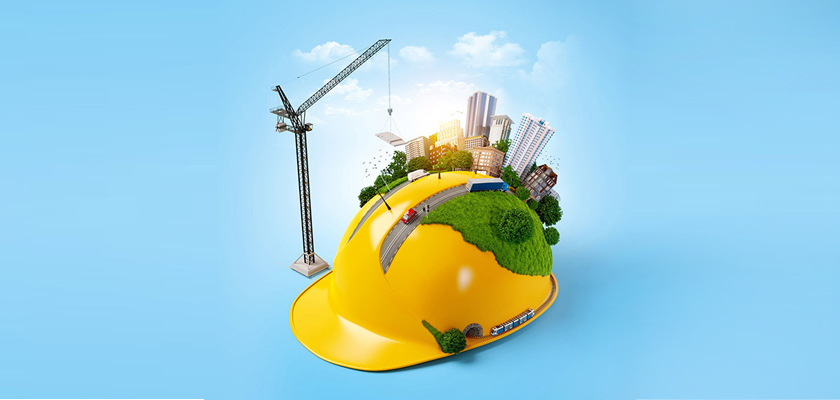
Blogs

When buying cars, mileage is top of mind for millions of consumers in vehicle showrooms and households across India. What is interesting though is how (and why) fuel consumption is a very important criterion while selecting a vehicle, but utilities (electricity and water) consumption is not even a consideration when investing in a home.
In the case of a home, priorities in addition to ticket price include location; physical infrastructure; nearby social infrastructure; connectivity; developer’s reputation and prior track record; delivery of the project; amenities & open spaces; unit sizes and finishing options. The ratio of operating costs to initial product cost is relatively higher for a car vs. home or apartment, and so operating costs appear less important when buying a home.
Though the relative amount as compared to automobile maintenance is lower, households still spend significantly on electricity, water and society maintenance (anywhere between INR 5000-25000 per month for a typical household, with all major appliances including ACs and operations & maintenance of outdoor lighting, lifts, common areas, etc.). Also, most home buyers have varying and limited understanding of what a ‘green’ rated home entails; and very few understand the benefits of owning a green home in simple, concrete terms.
We may infer that this is a case of good intentions not yielding desired results due to lack of effective communication. Many developers and non-governmental organizations have worked to define and develop ‘green’ rated homes. These homes offer several benefits to the customers across the life cycle of the building. However, in most cases, the communication to the customer is technical and/or heavy on jargon – ‘double glazing units, sewage treatment plants, rainwater harvesting, composter etc.’
“So, what?” This is often the (unarticulated) question on the customer’s mind.
Why green buildings?
The building sector is one of the most significant in terms of scale and environmental impact. Globally, buildings account for approximately 40% annual energy consumption and up to 30% of all energy-related greenhouse gas (GHG) emissions. The sector is responsible for about 40% of global resource use, including 12% of all fresh-water use; and it produces up to 40% of our solid waste.1 TERI estimates that if all buildings in urban India were to adopt green building concepts, we could reduce our power consumption by ~8,400 megawatts, enough to light 550,000 homes a year.2
How do customers benefit?
The larger environmental benefits of green buildings are widely proliferated. However, there are specific benefits to homeowners/residents. Based on our Living Building Assessments and experience, buyers of green homes can expect the following benefits –
Depending on monthly expenditure (on electricity, water, and society maintenance), a household can expect to save INR 2,000-8,000 per month or INR 25,000-100,000 per annum – by no means a small sum. And all this at practically no extra cost! As incremental costs of building green homes decrease and with developers becoming increasingly customer-focused, the pricing difference between green homes and conventional ones could eventually be a thing of the past.
Communities and individuals are today more conscious – socially and environmentally – and seek opportunities to make choices that are good for communities and the planet. The growing adoption of electric vehicles is a case in point. With more than two-thirds of India’s urban built environment yet to take shape, green homes offer an opportunity to affect a paradigm shift towards Sustainable Urbanisation, while also enabling financial prudence and an improved sense of well-being overall. A win-win situation, if there ever was one!
References:
1. “Sustainable Buildings and Climate Initiative” UNEP
2. “The Need for Green Buildings in India”, Ecoideaz.com
3. The benefits of green buildings – Worldgbc
